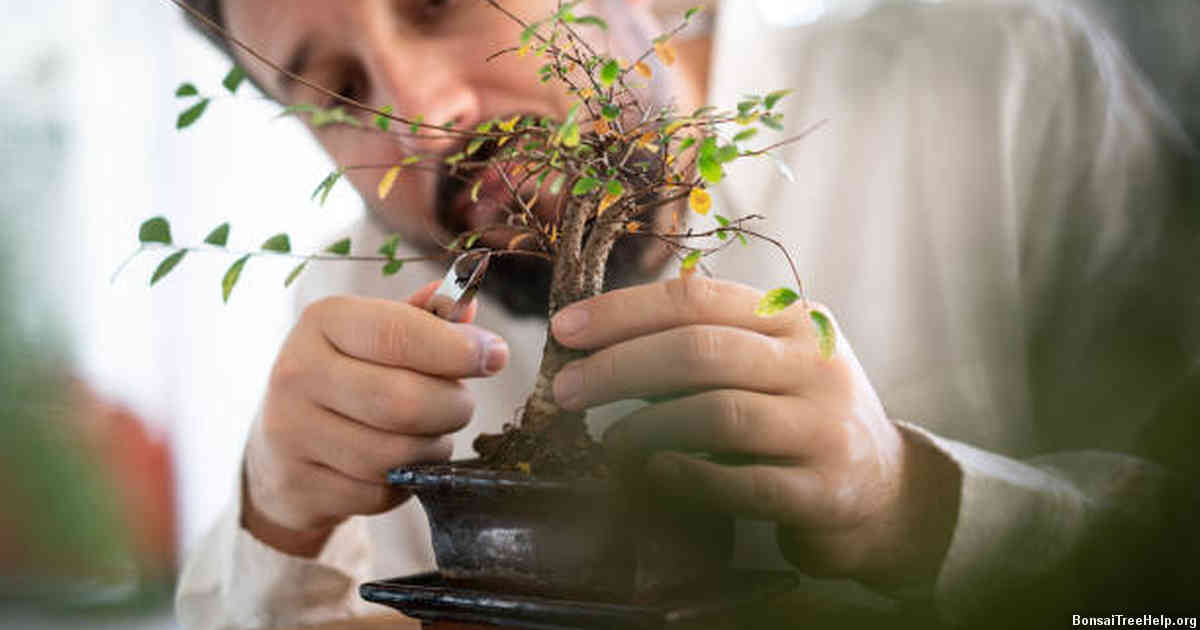
When planting bonsai seeds, timing is key. Plant the seeds in late winter or early spring when temperatures are between 60-75 degrees Fahrenheit and there is plenty of light available. Make sure to use well draining potting soil that has been mixed with some sand to give it proper aeration. Keep the soil consistently moist but not overly wet as too much moisture can drown your seedlings. Place the pots in a sunny location and cover them with a plastic dome or wrap until they germinate which will take anywhere from two weeks up to three months depending on the type of tree being grown.
Contents:
- Factors to consider before planting bonsai seeds
- Ideal seasons for planting bonsai seeds
- Best time of day to plant your bonsai seeds
- Preparing the soil for planting bonsai seeds
- Tips for planting and caring for your bonsai during germination
- Timeframes for expected growth and development of your bonsai
- Common mistakes to avoid when planting a bonsai seed
Factors to consider before planting bonsai seeds
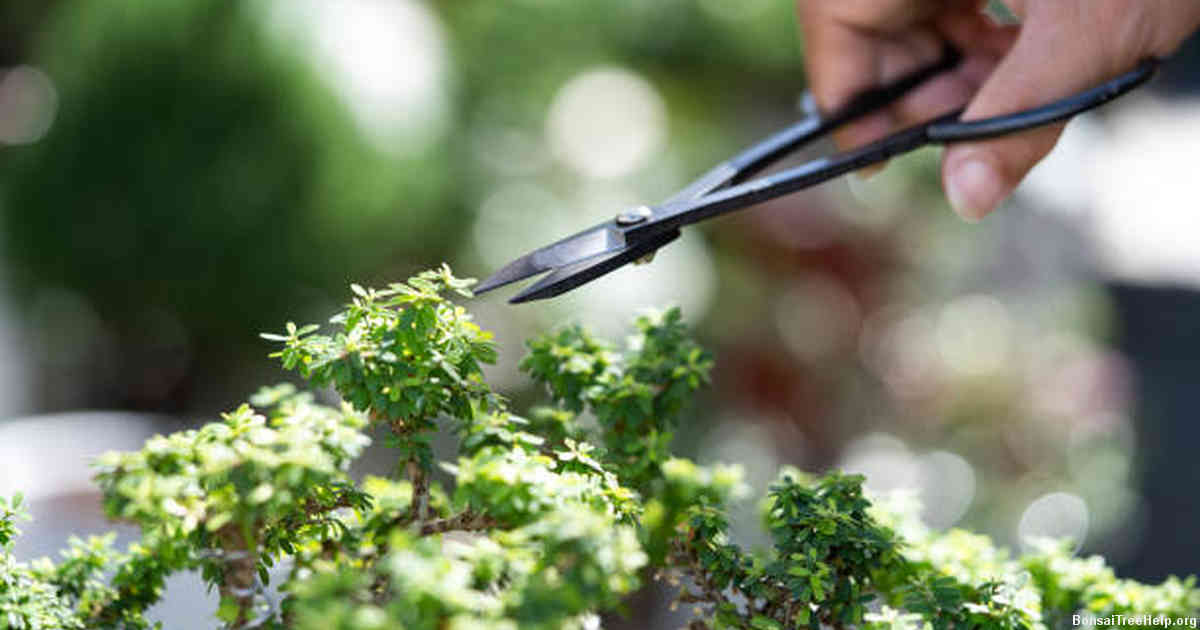
Knowing when to plant bonsai seeds is essential for a successful and healthy bonsai tree. The season in which you decide to sow your bonsai seed will have an immense impact on the outcome of your beautiful creation. It’s important to consider a variety of factors before taking the plunge.
The climate of the region where you live should be taken into account when determining when to plant bonsai seeds. If you’re living in an area with cooler climates, springtime would be ideal as this is when temperatures start increasing allowing new seedlings ample room for growth and development. Conversely, if you’re located in a warmer climate region, autumn might be preferable as temperatures drop making it more conducive for young plants to thrive.
The type of seed being planted can also affect how and when it should be planted. Some species tend to require higher temperatures and more moisture than others; this means that their respective planting times can differ drastically from one another. Therefore, researching your specific seed beforehand could save time and disappointment down the line if what was originally assumed isn’t accurate at all. For example, some slower-growing species may need four months of cold weather before they even germinate while other quick-sprouting varieties only take two weeks or less depending on outside conditions such as temperature and light exposure patterns.
Understanding these factors can go a long way towards ensuring maximum success with your next bonsai project – choose wisely.
Ideal seasons for planting bonsai seeds
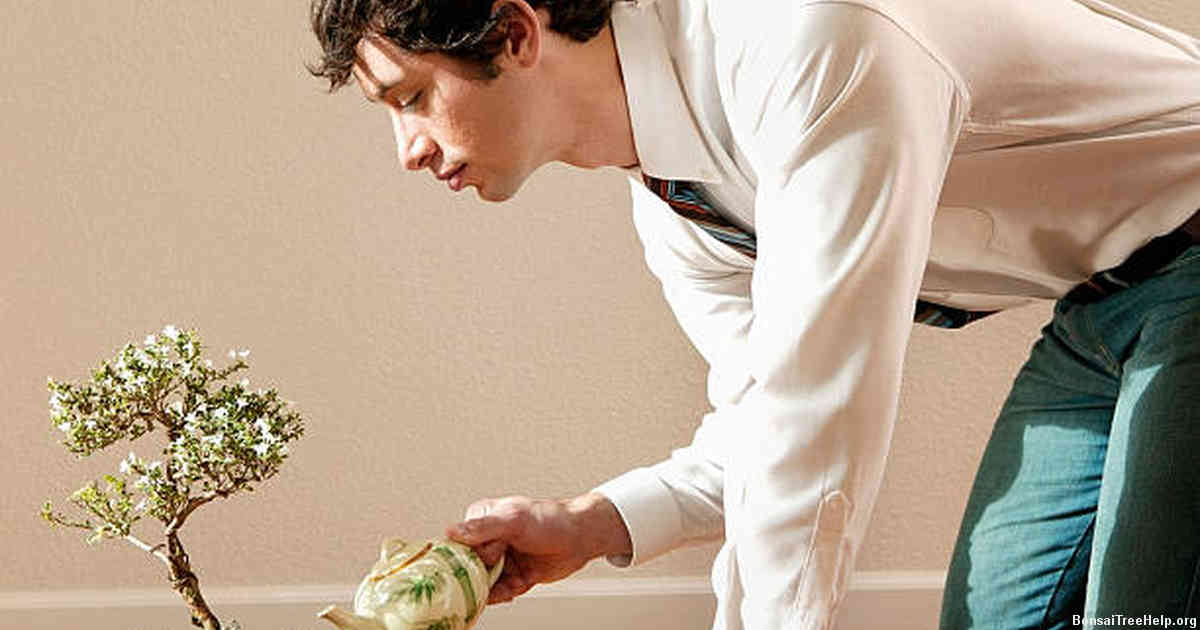
Although the optimal time for planting bonsai seeds varies from species to species, there are certain seasons that tend to be best overall. Late winter and early spring make ideal times for sowing, as soil temperature is beginning to rise and temperatures will remain mild enough to not shock the new seedling. Another good time for sowing is in late summer when heat can help spur root growth, though you must be careful with watering so the soil does not become too hot or dry out quickly.
When deciding when exactly to plant your bonsai seed, it is important to consider what type of tree you are growing. Many trees benefit from a dormant period during winter months while others do not require it; however, some prefer warmer climates all year long and may need protection during colder weather or even artificial light or a heated propagator if outdoor conditions cannot be maintained. It is also beneficial to think about what kind of environment you are attempting to recreate, since this affects ideal temperature ranges and natural elements such as rain and snowfall should be taken into consideration too.
In order to ensure proper germination of your bonsai seed at any time of year, it’s essential that proper pre-planting preparation has been done – cleaning the container in which it will grow beforehand will remove any debris or bacteria that could negatively impact its growth later on. Carefully read over instructions on how much water each particular species needs before sowing as this can vary greatly between varieties; planning ahead by knowing these specific needs allows for successful gardening once planting begins.
Best time of day to plant your bonsai seeds
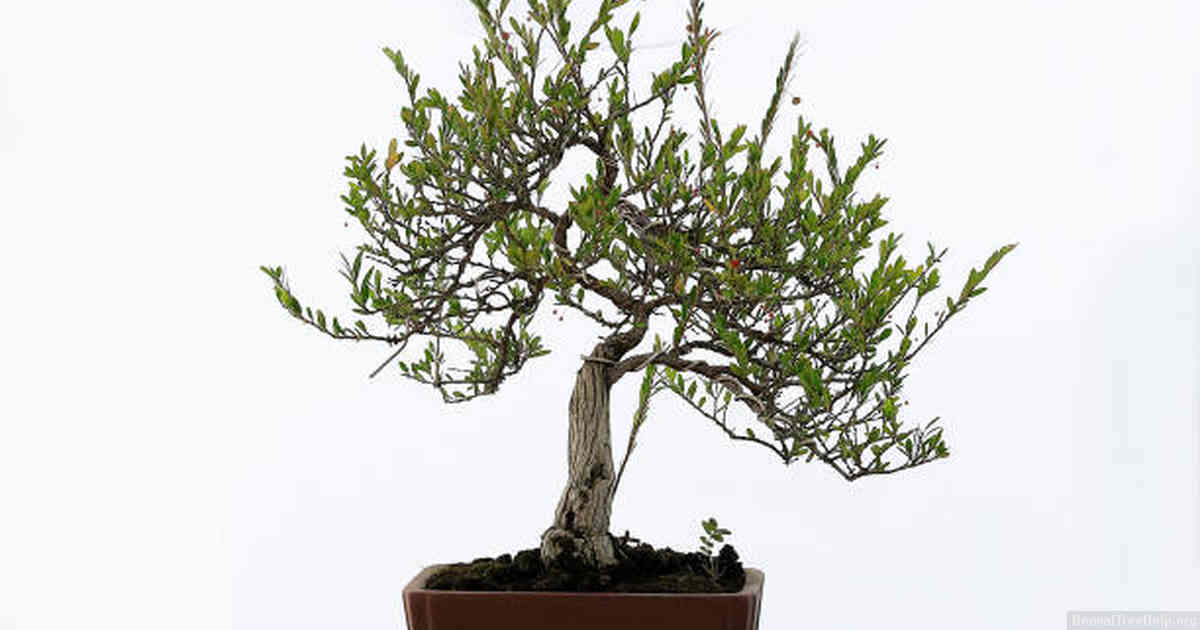
Bonsai cultivation is an art that requires careful timing and attention to detail. When you are planning your bonsai garden, one important factor to consider is the best time of day for planting seeds. Knowing when to plant will ensure optimal results for your plants, so it is worthwhile taking the time to determine when the ideal moment might be.
The most suitable times for planting bonsai seed can vary based on your specific climate conditions and type of soil. Generally speaking, if you’re located in a hot or dry area then early morning hours are usually preferred as they offer more consistent temperatures and higher humidity levels which are beneficial for germination. Being out in direct sun during this period can also help with photosynthesis and other metabolic processes necessary for growth. However, if you live in an area with cooler evenings then evening hours may provide better environmental conditions due to less intense sunlight and lower temperatures at night which can aid in germination as well.
To reap the most benefit from planting times it is always advisable to do some research into local climatic conditions before deciding when would be best for sowing your bonsai seeds. Be sure to keep track of where and how much water you’re applying, as this too has an effect on successful germination rates depending on what kind of environment your particular location provides at different times throughout the day. With enough care taken when selecting and preparing a suitable spot, together with mindful consideration of daily weather patterns, you should be able to successfully determine the optimum moment for seeding your bonsai tree or bush.
Preparing the soil for planting bonsai seeds

Properly preparing the soil for planting bonsai seeds is critical to ensuring successful growth and a healthy tree. To begin, it’s best to use nutrient-rich organic compost and mix it with either sand or small pebbles. The purpose of the sand or pebbles is to help create air pockets in the soil, promoting healthy drainage and making sure water doesn’t become stagnant around the roots. It’s important that all materials are free from contaminants before adding them to your potting mixture such as avoiding manure that has been treated with chemical fertilizers or pesticides.
Depending on your specific type of bonsai seed you will be planting, there may be other materials recommended to include in order to achieve optimal results for their growth cycle. For example, pine trees often require acidic soil so items such as pine needles can be mixed in for an added boost of acidity where needed. After everything is mixed together thoroughly and placed in pots, don’t forget that most bonsai seeds will benefit from light moisture applied until germination occurs – just enough so that the root mass remains slightly damp but not overly soaked.
Once your seedling begins growing add 1 inch of mulch across the top surface layer (without touching any new shoots) which helps retain moisture between watering cycles and provides protection against temperature fluctuations throughout different seasons. With these tips in mind you should have no trouble growing beautiful bonsais indoors.
Tips for planting and caring for your bonsai during germination

When it comes to caring for bonsai plants, proper planting and care during the germination process is essential. Gardeners must create a favorable environment for the seeds to sprout and grow in order to give their bonsai the best chance of success. Here are some useful tips that can help you prepare your seedling bonsai tree for optimal growth:
When selecting what kind of soil mix to use when sowing your bonsai seeds, make sure you select one that allows for excellent drainage yet still has good moisture retention qualities. Ideally, the soil should consist of 40% sand, 40% topsoil, 10-20% peat moss or humus and perhaps a small quantity of bonemeal or super phosphate mixed in as well. It’s also important to choose seed containers with adequate drainage holes at the bottom so water can escape freely without pooling around the roots.
Once you’ve planted your seeds make sure they get plenty of light but avoid direct sunlight on very hot days as too much heat could damage delicate root systems. The ideal temperature range is between 65-75 degrees Fahrenheit (18-24C). Be consistent with your watering schedule – providing enough humidity and water to keep the soil consistently damp but not soaked; if it looks dry add more water until it feels like a wrung out sponge. Cover your newly planted pot with cling film while they germinate; this will help keep moist air from escaping from within which is important for successful germination.
As long as these steps are followed carefully throughout each stage of development then gardeners should have no problem growing healthy beautiful Bonsais from seed.
Timeframes for expected growth and development of your bonsai
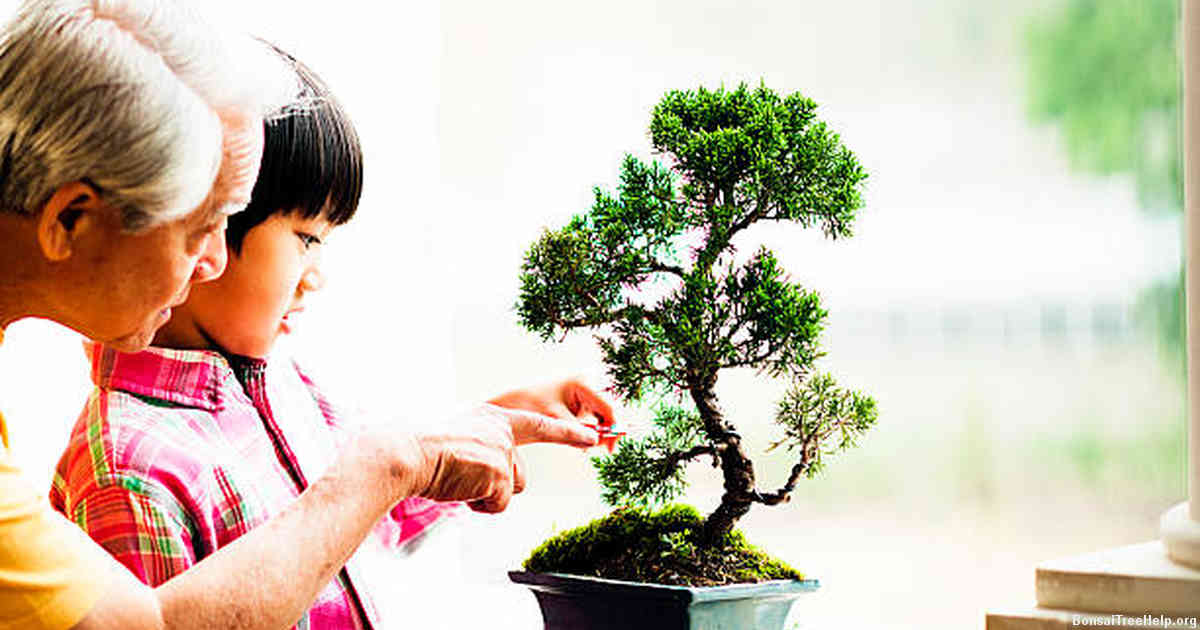
The timeframe for growing and developing your bonsai will vary based on the type of bonsai that you are planting. Generally, however, it is expected that a planted bonsai seed will germinate within 1-3 weeks from when it was sown depending on the temperature and moisture levels in your climate. Once this happens, new leaves will start to appear and growth begins as roots develop beneath the soil.
During the first year of care, bonsai growers should expect continued slow but steady development as each new leaf develops more deeply entrenched root systems allowing them to draw up additional nutrients necessary for growth. However, some species may grow at faster rates with proper care over this time period. With that being said, major shape changes can begin to be introduced during this time by pruning branches off or by wiring carefully chosen ones into place to create desired shapes.
Ultimately, after 3 years of continuous care most bonsais should have reached a decent size and age while some slower growing varieties such as junipers may take up to 7 years before they are ready for showings and exhibitions. Regardless of timeline though careful patience and mindful attention will ensure that eventually your own personal masterpiece blooms no matter how long it takes!
Common mistakes to avoid when planting a bonsai seed
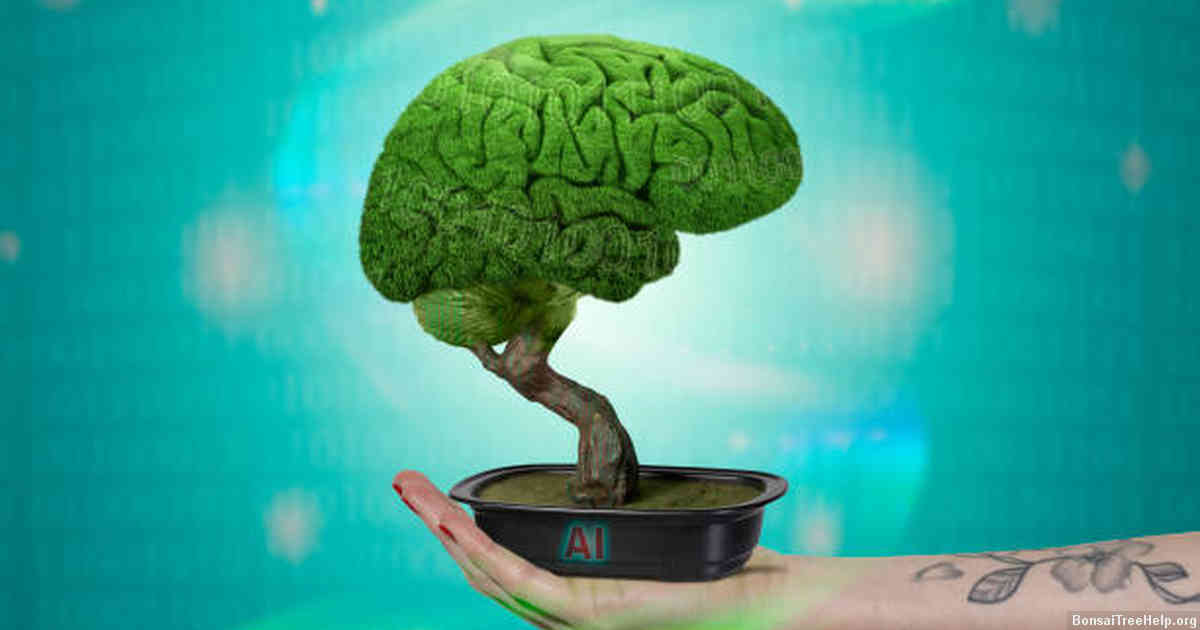
When planting a bonsai seed, some common mistakes that you should avoid are planting in the wrong season, sowing too deep into the soil and not taking enough time to prepare the container or pot. Planting during the wrong season can cause issues with germination as well as growth of your new bonsai tree. If planted at the incorrect time, it may end up dying altogether due to lack of sunlight and warmth. When burying the seed in soil it is important not to bury it too deep – for most species just a few millimeters down is best. Failing to give adequate preparation to your container or pot will also be detrimental; if placed directly in unsterilized soil without any drainage holes your seed could easily rot before sprouting.
An easy way to remember what to do is: plant according to seasonal guidance, do not bury seeds too deeply and make sure pots are prepared prior to using them for planting. Keep an eye on watering frequency – being either overzealous or lacking on water can both lead quickly towards disaster. Ensure that there is enough light exposure each day – roughly 6-8 hours depending on species – otherwise you may end up waiting months or even years before seeing results from your efforts! All together these simple steps will help reduce any possible mishaps and set you off on the right foot when planting your very own bonsai seed.
Leave a Reply